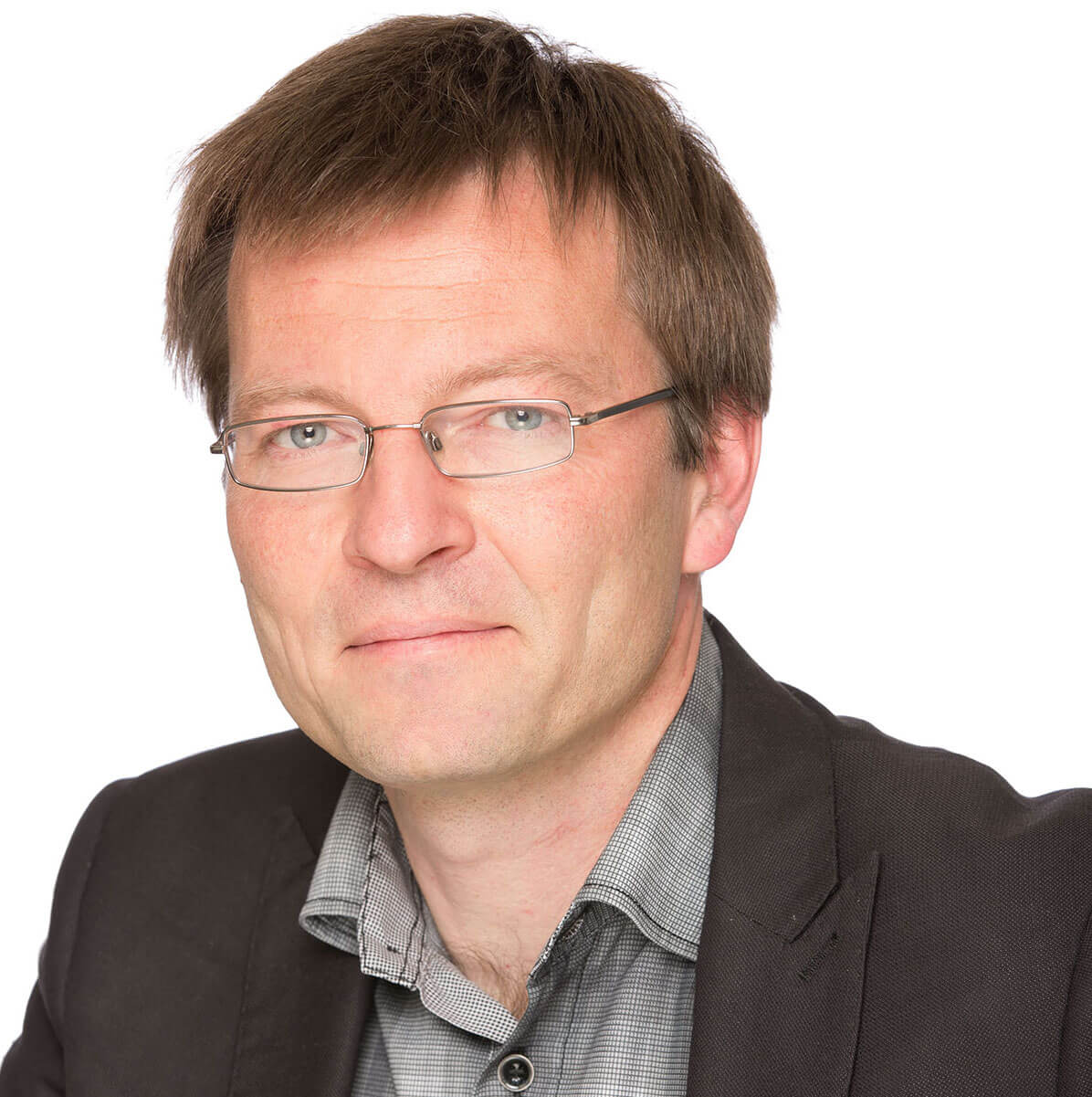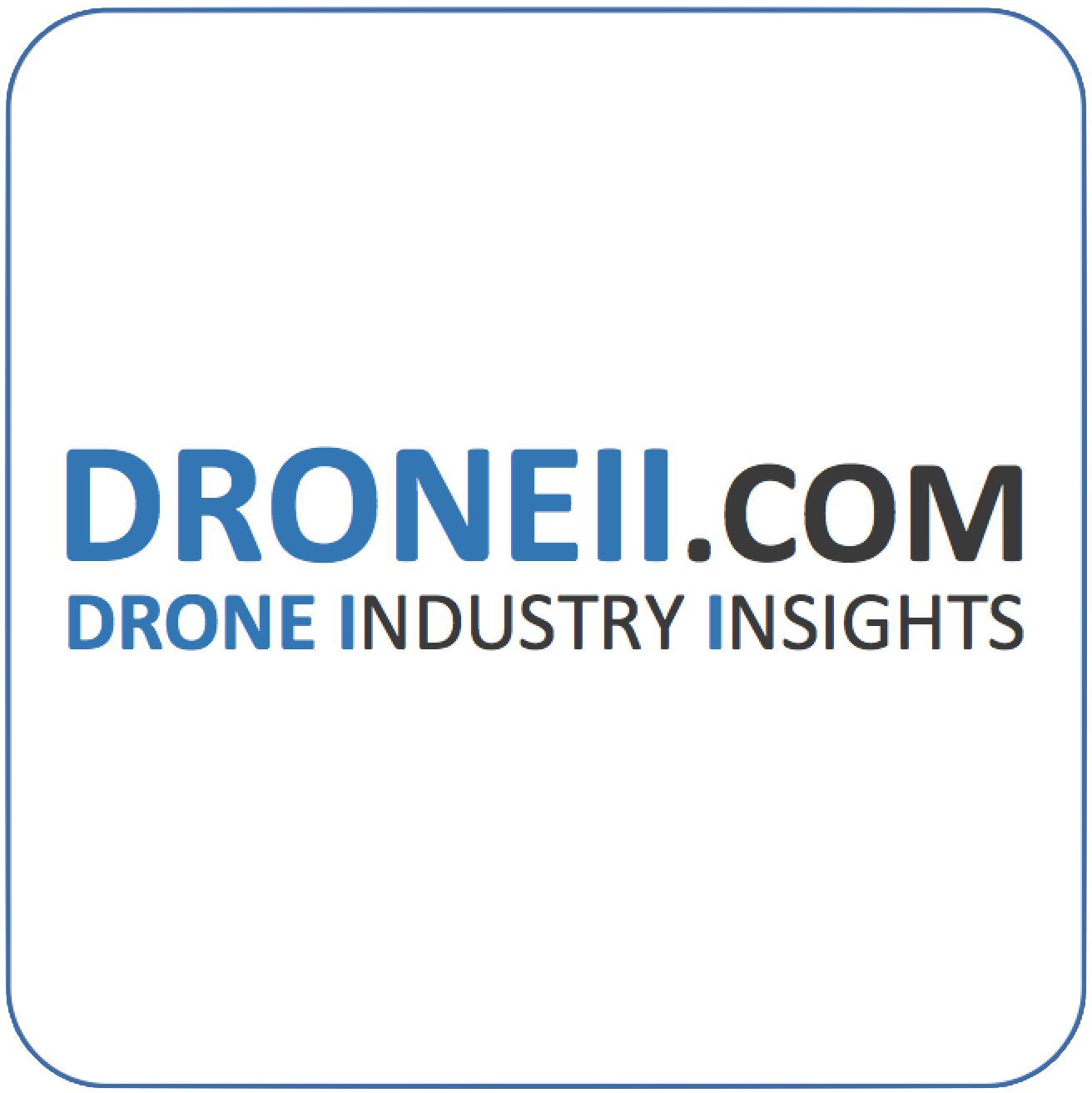
“Evolution favors eyes that perceive the world in 3D”
– Dr. Christoph Strecha
Learn more on: https://pix4d.com/
Meet Dr. Christoph Strecha – CEO and Founder of Pix4D
Professional background
Dr. Christoph Strecha is the CEO and founder of Pix4D, a Swiss company which develops and markets software for production of survey grade 3D models and orthomosaics from images. He received a PhD from the Catholic University of Leuven (Belgium) in 2008, completing his thesis on multi-view stereo. His research interests include structure and motion techniques and city modeling. He was co-chair of Commission III/1 of the International Society for Photogrammetry and Remote Sensing. He has authored numerous papers and in 2015 received the Carl Pulfrich Award for his work in computer vision and photogrammetry.
What are the perspectives on UAS in the next 5 years?
In the next few years we will see more and more consumer drones entering new and diverse professional domains. Already today we can see this trend, in industries like surveying, mining, construction, inspection and precision farming.
A drone will become a tool professionals use in their daily work, like a screwdriver or hammer. More and more dedicated software applications will develop, enabling us to get direct answers from the data a drone captures. Is my corn field in good shape, and where are the potential problems? What was the distribution and value of my stockpiles over the past year? How does my construction site compare to the BIM model provided by the architect, and am I behind on the construction schedule?
There will be so much data collected by drones in the future that people will not have time to look at it anymore: instead they will need direct answers to their questions or alerts, when something is not as expected. Software solutions will be the enabler for this transition from data to information.
What are the biggest challenges to face in the next 5 years?
Regulation is of course one of the biggest hindrances to the widespread use of drones, especially in more urban areas. The current perception society has of drones as either killing machines or tools for spying needs to change: and as it does, regulations will follow naturally. Amazon’s step into drone use for fast delivery may make a big impact in developing the image of drones as the practical tools they are, adding value to our lives.
It is important for our industry to keep working on a positive image of drones, as they increase safety in open pit mining, replace disruptive manned helicopter flights, help save lives in rescue situations, optimize construction site workflows and help decrease ecological damage by mapping crops and enabling fertilizer reduction.
As drones are used more and more by professionals, they will need to become smaller, lighter and less disturbing. One of the challenges that will need to be overcome in order to achieve this is developing lighter and longer lasting battery technology.
Which UAV applications are from the technological point of view mature enough to substitute traditional non-UAV methods?
Drones will only partially replace other traditional methods, and instead create new possibilities where surveying, mapping and inspection were previously not profitable.
In surveying, drones have become an additional tool that is beginning to be widely accepted. With open pit mining, for instance, surveyors use drones to remotely calculate volumes or generate mining maps without needing to enter a site and place themselves at risk. By using the right software, they are convinced of the survey grade results and increased efficiency they can achieve. Even consumer drones, if flown at a low altitude and with their cameras modeled well, can achieve centimeter accuracy.
Many people in the industry believe that we have also solved the multispectral mapping of farms to analyse the health status of plants. However, the gib market potential leads to much misunderstanding and delivery of misfit products. Solutions do exist though – the new multispectral Sequoia camera, for instance – that are able to produce correct reflectance maps when the sensor data is interpreted well by software. This year we will start to see real working applications in this domain that will bring much more value than traditional satellite-based multispectral analysis.
Working in commercial drone application is a very interesting field. Technology and software have seen enormous development over the past few years and will see even more in the near future. Further integration of hardware and software will enable the development of intelligent drones able to make decisions based on their on-board sensors – including imaging. As with the first biological evolution of sight, the next technology evolution will show: “Evolution favors eyes that perceive the world in 3D”.







